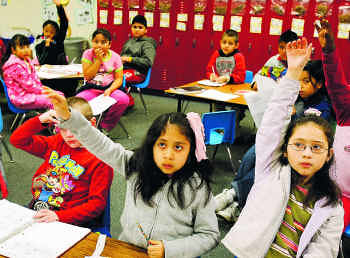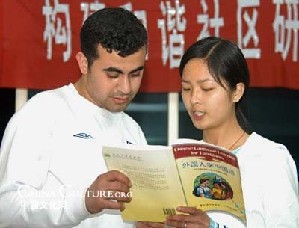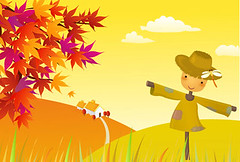Qigong-Powerful Self-healing Traditional Chinese Remedy
The history of Chinese Qigong commences in the mists of prehistory. While Qigong has strong roots into philosophical ground, the practical healing and stress management applications are the most popular aspects of the tradition in China today. Both the health and spiritual applications are rapidly gaining popularity in the West as people find that disease and stress are relieved by peace of
Commonly-used Chinese Herbs
In Chinese herbology, there are 50 "fundamental herbs." Here is a collection of commonly used varieties. Agastache rugosa- huò xiāng (藿香) Alangium chinense- bā jiǎo fēng (八角? Astragalus propinquus (syn. Astragalus membranaceus) - huáng qí (黄芪) or běi qí (北芪) Camellia sinensis - chá shù (茶树) or chá yè (茶叶) Cannabis sativa - dà má
A Basic Idea on Chinese Herbs
Chinese herbsChinese herbs, mostly of plant origin, are different from western herbs due to its special theory and method of usage. One reason is that the origin of the herbs are not the same. In general, only those herbs that are used based on the theory of TCM are known as Chinese herbs. First of all, Chinese herbs can be divided into four main types according to
Ways to Categorize Chinese Herbs
Chinese physicians used several methods to classify traditional Chinese herbs, that is, the Four Natures, the Five Tastes and the Meridians. The earlier (Han through Tang eras) Ben Cao (Materia Medicae) began with a three-level categorization: Low level -- drastic acting, toxic substances; Middle level -- medicinal physiological effects; High level -- health and spirit
General Development of Chinese Herbal Medicine
Types of Chinese herbThe system of herbal medicine in China differs from European herbal medicine in several key ways. The most obvious difference is that the Western herbal tradition focuses on “simples,?while traditional Chinese herbal medicine (TCHM) makes almost exclusive use of herbal combinations. More importantly, these formulas are tailored specifically to the
Application of Animal Products in TCM
Dried seahorsesAnimal products are used in certain Chinese formulae. The practice of using endangered species is controversial within TCM. Many substances fall into this category. Some claimed uses of certain animal derived ingredients, such as use of the tiger's penis for impotence, cannot be considered true, because the substances in question do not appear in the
Tui na-One Effective Therapy in TCM Treatment
Tui na is a hands-on-body treatment using acupressure whose purpose is to bring the body into balance. The principles being balanced are the eight principles of Traditional Chinese Medicine. The practitioner may brush, knead, roll/press and rub the areas between each of the joints (known as the eight gates) to open the body's defensive (wei) chi and get the energy moving in both the meridians and
Some Methods of Chinese Treatment
The following methods are considered to be part of Chinese medicine: How ancient Tui-na works1.Acupuncture (from the Latin word acus, "needle", and pungere, meaning "prick") is a technique in which the practitioner inserts fine needles into specific points on the patient's body. Usually about a dozen acupoints are needled in one session, although the number of needles
Nepali Doctor to be Honored for Promoting Traditional Chinese Acupuncture Meathod
A Nepali doctor is to be honored for his effort in the application of traditional Chinese acupuncture healing methods in Nepal. "Acupuncture Moxibustion and Acupressure Association of Nepal (AMAAN) is going to honor Dr. Harish Chandra Shah for his invaluable contribution to promoting acupuncture and acupressure healing methods," the government-run newspaper The Rising Nepal reported on
Basic Theory and Model of Human Body
Traditional Chinese medicine is chiefly based on the philosophical concept that the human body is a small universe with a set of complete and sophisticated interconnected systems, and that those systems usually work in balance to maintain the healthy function of the human body. The balance of yin and yang is considered with respect to qi ("breath", "life force", or "spiritual energy"),
Total: 34 Items This is 2 Page( 10 Items/Page) Result Page: 4 Pages First Previous Next LastArt
 more
moreU.S. space shuttle Discovery lifts
The space shuttle Discovery takes off from launch pad

Obama administration vows to break

Irving dual-language students
Melissa Reyna (center) and Johanna Sanchez

Dev, Denny to quizz for charity
Director Danny Boyle (R) holds his Oscar for

Custom
 more
moreProvinces Site
Chinese Medicine
 more
more
















